How To Make A Backing Track At Home From Scratch
by Dave Fox
Hey this is Young Coconut, and today I am going to discuss how to make a full musical backing track at home from scratch.
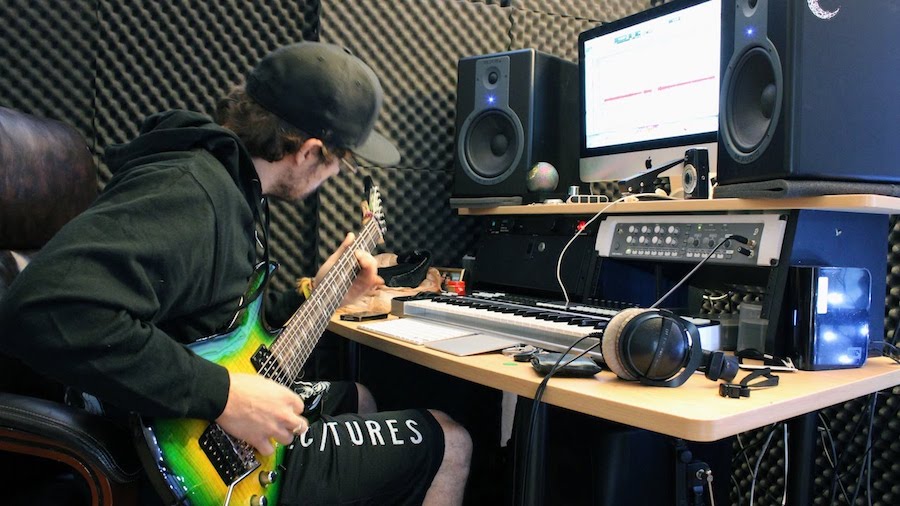
As a reference, I will be referring to a remake I recently did of a song by 70’s punk legends The Soft Boys called “I Wanna Destroy You”.
Actually, my friend Rob Jones of liquidmuse.co.uk did most of the song, including drums, bass, guitar, and production (the essential backing track), and I just came along and sang it.
By the end of this article, you should know exactly how this was done.
Table of Contents
- Final Backing Track Complete Example
- Why Make Your Own Backing Tracks (Reasons 1-6)
- How To Make Your Own Backing Track from Scratch (Steps 1-5)
- Video Showing How to Make Your Own Backing Track feat. Rob Jones
- Rob’s Rig Rundown
Let’s get into this!
Here is the final version of the song that Rob exported, and we’ll kind of work backwards from there.
This was made in a home studio, and was done for relatively little money (not thousands of dollars), so it’s something that can be done and not eat up your whole month’s rent.
That is, assuming you have the basic equipment to do this, which, to be honest – getting everything you need to do this will cost a month’s rent for sure. That said, once you have all the right stuff, you’re good to go.
What stuff is that? More on that in a bit, but basically, it’s a DAW, and some instruments, mics, and an interface of some kind to route any real instruments through. Usual recording gear type stuff, which we’ll get more into…
Why Make Your Own Backing Tracks?
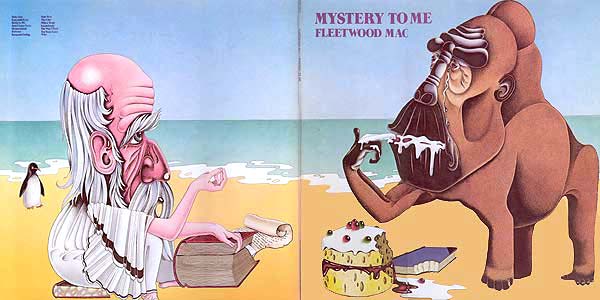
So, what made us create this track in this way, as in sit down and record a whole bunch of tracks ourselves?
Well, first off, Rob is a music producer by trade, and he specializes in creating these types of fully realized instrumental backing tracks. So there’s that. He’s good at it, and he can do it if he feels like it.
Generally speaking, backing tracks have a multitude of purposes, and come in varying degrees of quality, depending on what they’re used for.
So, before we talk about how it’s done, let’s talk about why you might want to do this. One thing’s for sure, it’s going to open up a lot of options for you if you can do this.
Reason #1 – Create Karaoke Backing Tracks That Are Actually Decent
One of the uses for backing tracks where the vocal is absent is to use them for karaoke purposes.
In other words, if you have a popular song without vocals, it can easily be used for karaoke or to sing along with. Right? Of course!

The thing is, when you hear a karaoke backing track, quite often the creator of that track did not record everything themselves to achieve the best quality possible, and this is why a lot of karaoke tracks don’t sound very good. Indeed, some really suck.
By comparison, if our song were to be used as a karaoke track you’d find on Youtube, it would be quality version, because Rob took the time to make it that way.
Now, we’re not going to get into how karaoke tracks are made (one way is to do it the way we did this track – build it yourself), but if you’re looking to simply remove vocals from a pre-existing song, then you might want to read our article about that very topic.
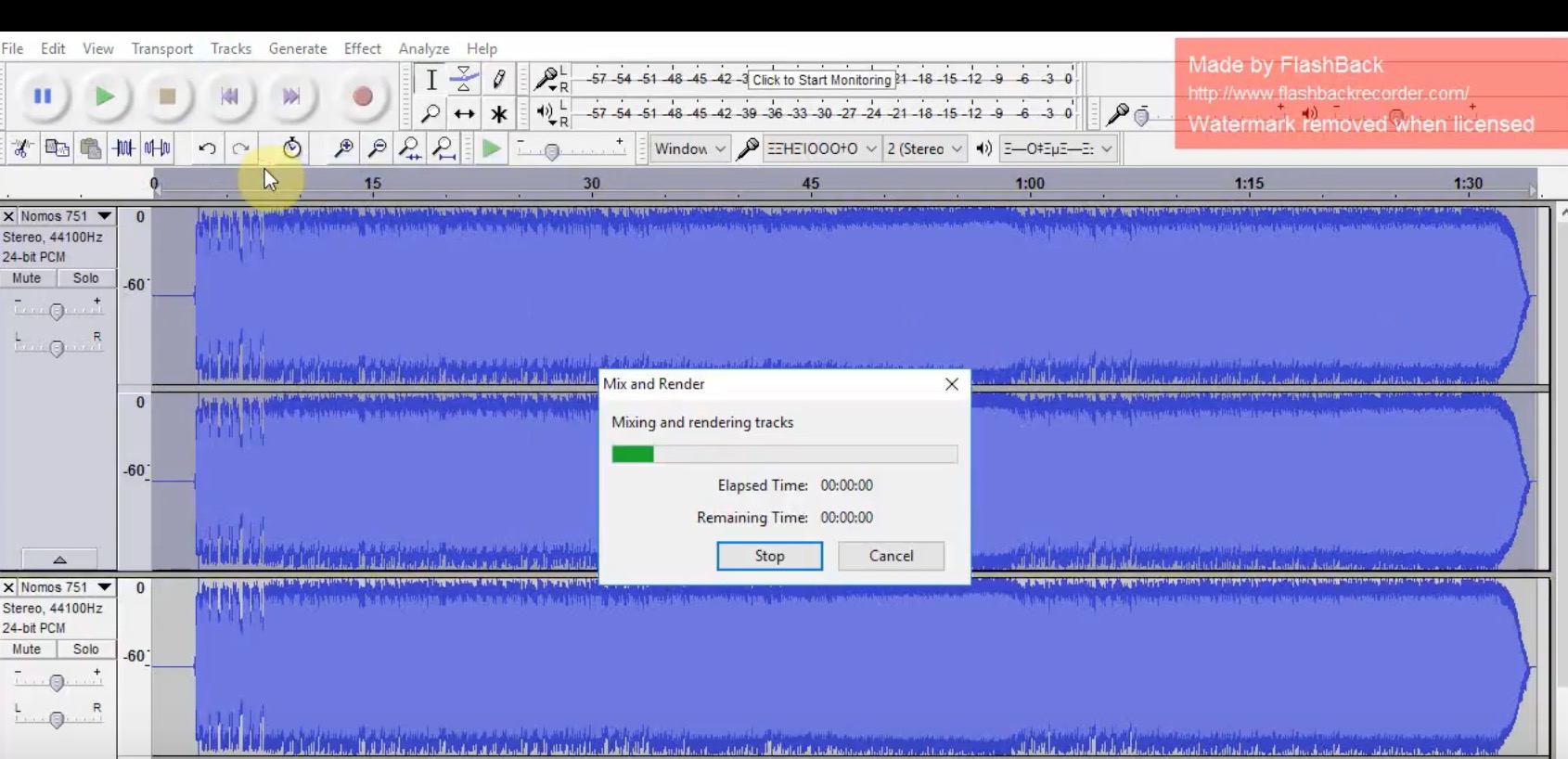
Again, this is not what we did. We did not take the original track and simply filter out the vocals.
Read our article, We Review The Best Home Karaoke Systems
With our Soft Boys track, above, we actually (or Rob, rather) built the track from the ground up until it was a full instrumental of the song which he made according to his ear and how he interpreted the track, while still following the blueprint of the original to come up with what essentially is his “cover” of “I Wanna Destroy You”.
Reason #2 – Create Bespoke Music For People
Before we get into how we went about it, and how you can do it too, let’s talk about a few more reasons why you might want to do this. For instance, have you heard of bespoke songs or bespoke music?
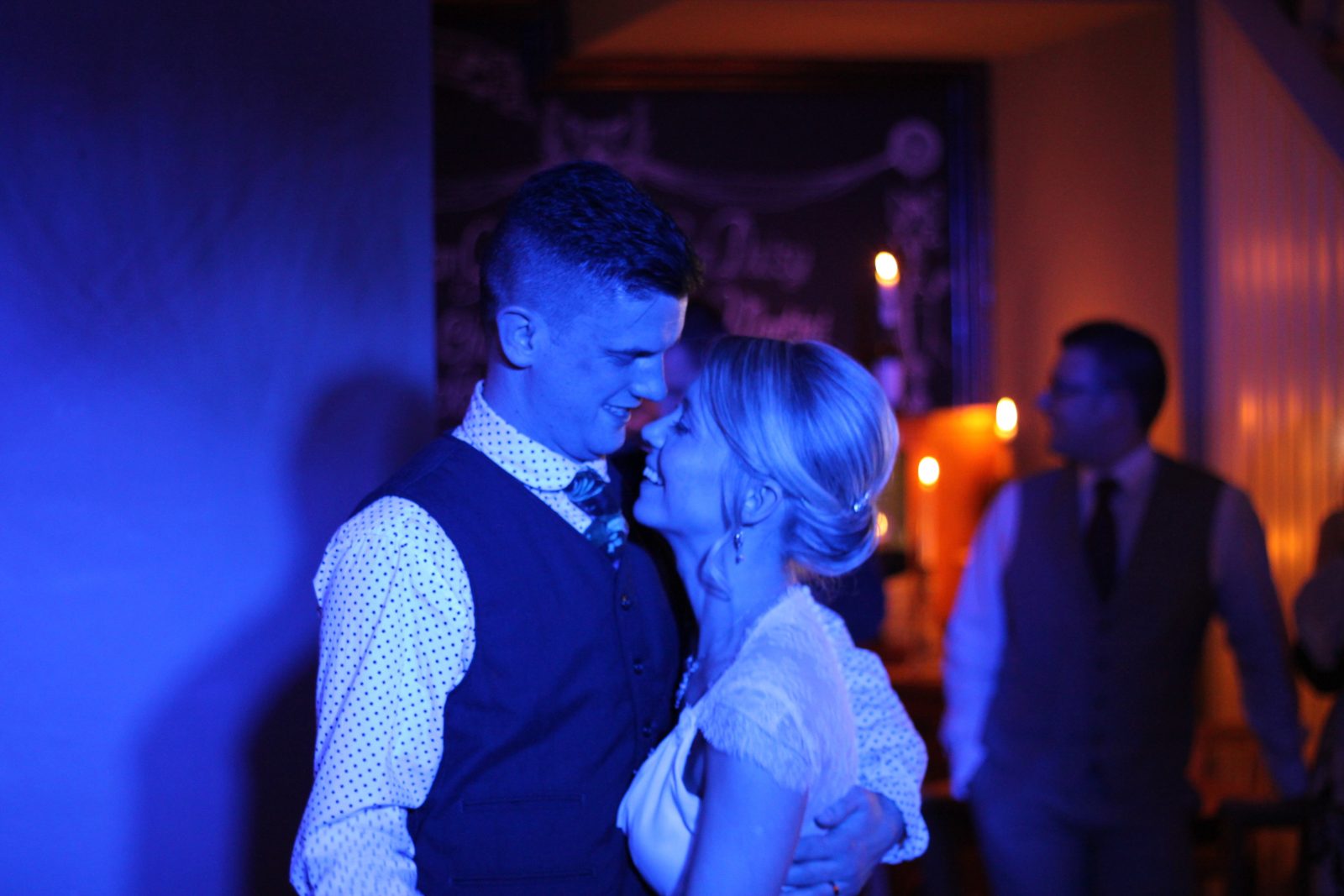
These are songs which are custom written for a specific purpose, by request, and often compensated for.
Bespoke songs require someone who has all of the musical skills and resources at their disposal in order to produce a song that is exactly what someone else is after.
Whether it’s for a loved one, or for a band, or whoever wants it, bespoke songs require someone to custom make it. Kind of like a contractor, but for songs.
Reason #3 – Make a Unique and Impressive Artist Promo Package
Another cool thing about making your own backing track is that they can be used in a musician’s press kit (your own, or for a musician you know), in order to stand out and be original.
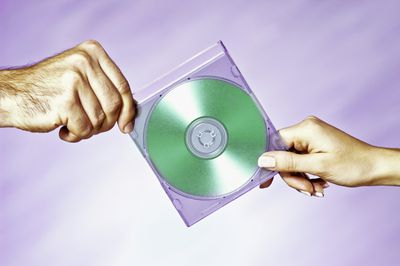
For instance, if you are a musical artist, or know one who needs some promo, and who would sound great singing a particular song, but that song isn’t available to sing where the song is of a certain quality (this goes back to the karaoke problem of inferior backing tracks), that’s when a high quality backing track for a song comes in handy for that artist.
Reason #4 – Customize Any Song Any Number of Ways
To go with my last point of creating some kind of artist promo for you or someone else who needs one, having the ability to customize your track because you made it and you have the power to edit that song however you like can be a great advantage.
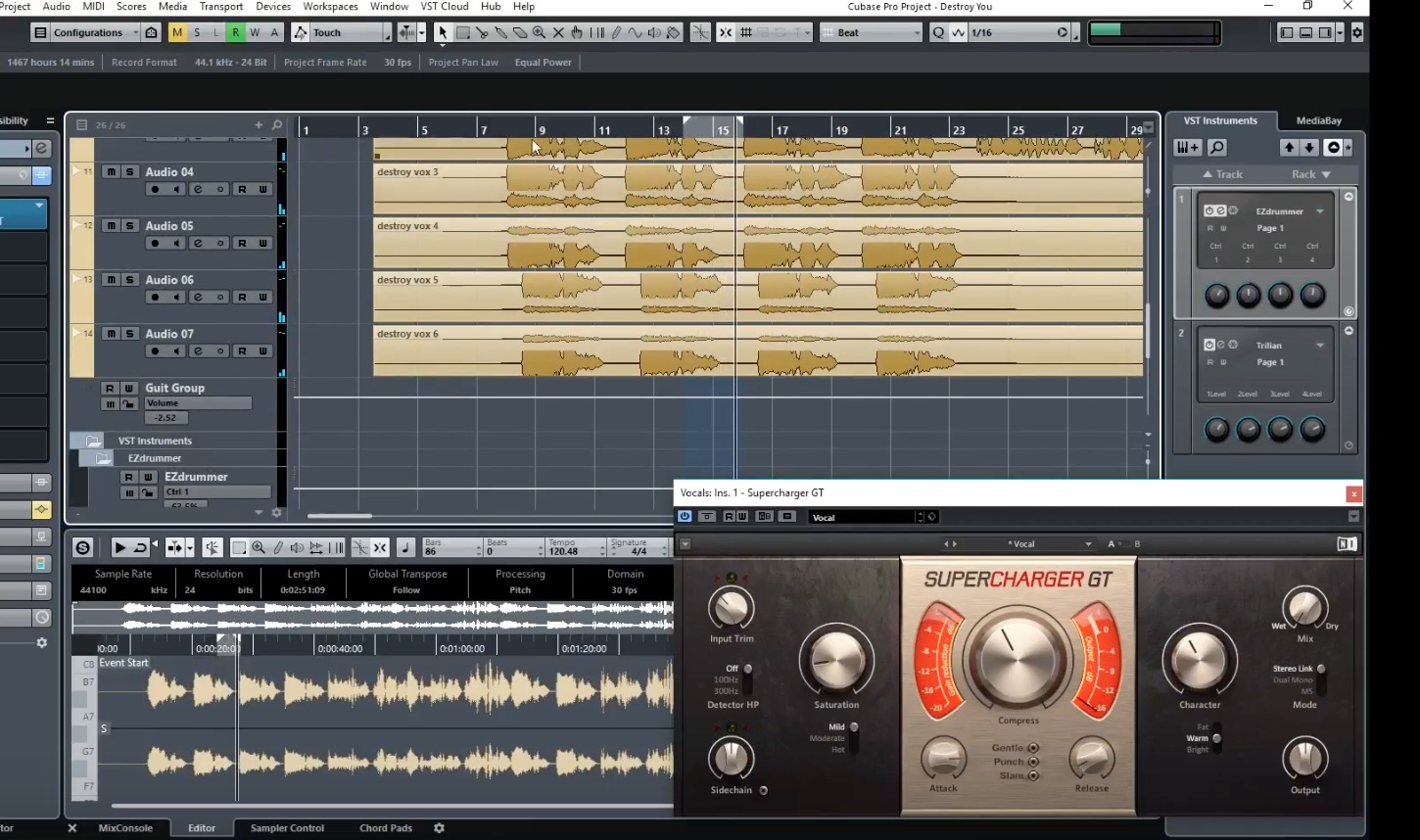
For instance, you can alter the key of the song if you have it all programmed in MIDI, so that the singer can sing better to the track.
You can also change some of the instrumentation to make it a little different, which will help the song stand out. Want to change the type of bass used? Just try a different bass plugin.
Or pick up a different bass and play it differently live. You can also even add different parts to a song that weren’t there in the original version of the track.
Say you remake a popular song, but you never liked the guitar solo. You have the option to play something different for that solo, if you want.
Reason # 5 – Sell Your Services Because You Can
Another big reason to be able to make your own backing track is because people need them, and will buy them. So, if you know how to make them, you can sell them and make a business out of it, like Rob has.
We won’t get into things like licensing of tracks, or how to sell tracks, or marketing types of things in this article, but this is an obvious option if you are able to create your own tracks, and remake tracks that there is a demand for.
Nothing wrong with making the moolah, especially if you’re talented and can do a great job for someone!

Reason #6 – Create Obscure Tracks No One Else Has Done And Be Way Cooler Than Everyone
If you’re like me and you go looking for karaoke songs to sing that haven’t been made yet, then why not just…do it yourself!
There are, if you look online, lots of different instrumental versions of thousands and thousands of songs that you can get a hold of if you know where to look. Want to sing My Heart Will Go On in a hurry? Not hard to find, I assure you.
However, there are way, way more songs that do not exist in any kind of instrumental form. I know because I’ve looked. In fact, I could never do karaoke to most of the songs I like because they haven’t been made yet.
Will someone make them? I don’t know. Will I make them? I don’t know. Maybe YOU will be the one to do the best version of Raw Power by Iggy and The Stooges that has ever been heard.
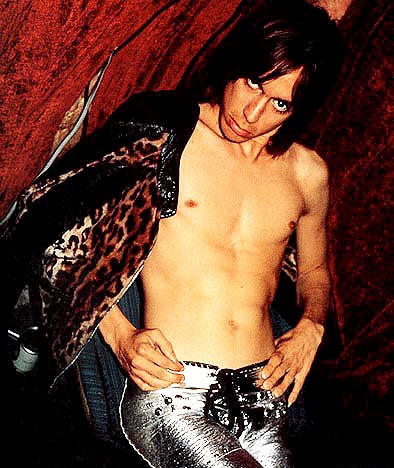
Again, this isn’t just for karaoke. There are lots of obscure songs that could use a remake for a variety of purposes, as mentioned. And, if you know how it’s done, you can be the one to do it.
But seriously, what am I supposed do when I want to sing karaoke to Trippin’ On A Hole In A Paper Heart by Stone Temple Pilots? Nothing! Honestly, I usually just cry and go to bed.
Ok, now that I’ve talked about all of the reasons WHY you might want to make your own instrumental backing track, and the options that’ll give you, I finally am going to talk about HOW you do it.
Actually, no, Rob will show you that in the video down at the bottom of this post, but I’m going to explain what you’ll need before you can actually do what we did.
STEP 1 – Open Up The DAW of Your Choice
First off, you need to know how to operate a DAW, or digital audio workstation. Not only do you need to know how to operate one – you need to actually have one!
Popular examples of these include: Presonus One, Reason, Cubase, Garageband, Protools, Ableton, Cakewalk, Logic, and of course many others.
For our track, we used Cubase, which is a very popular DAW. Some are mega expensive, if you didn’t know. Some are free. Well, Garageband is “free” if you buy an expensive Macbook.
Audacity is free.. like actually free, so check that out if you have nothing else. There are probably other free ones, hmm.. what are they? You tell me!
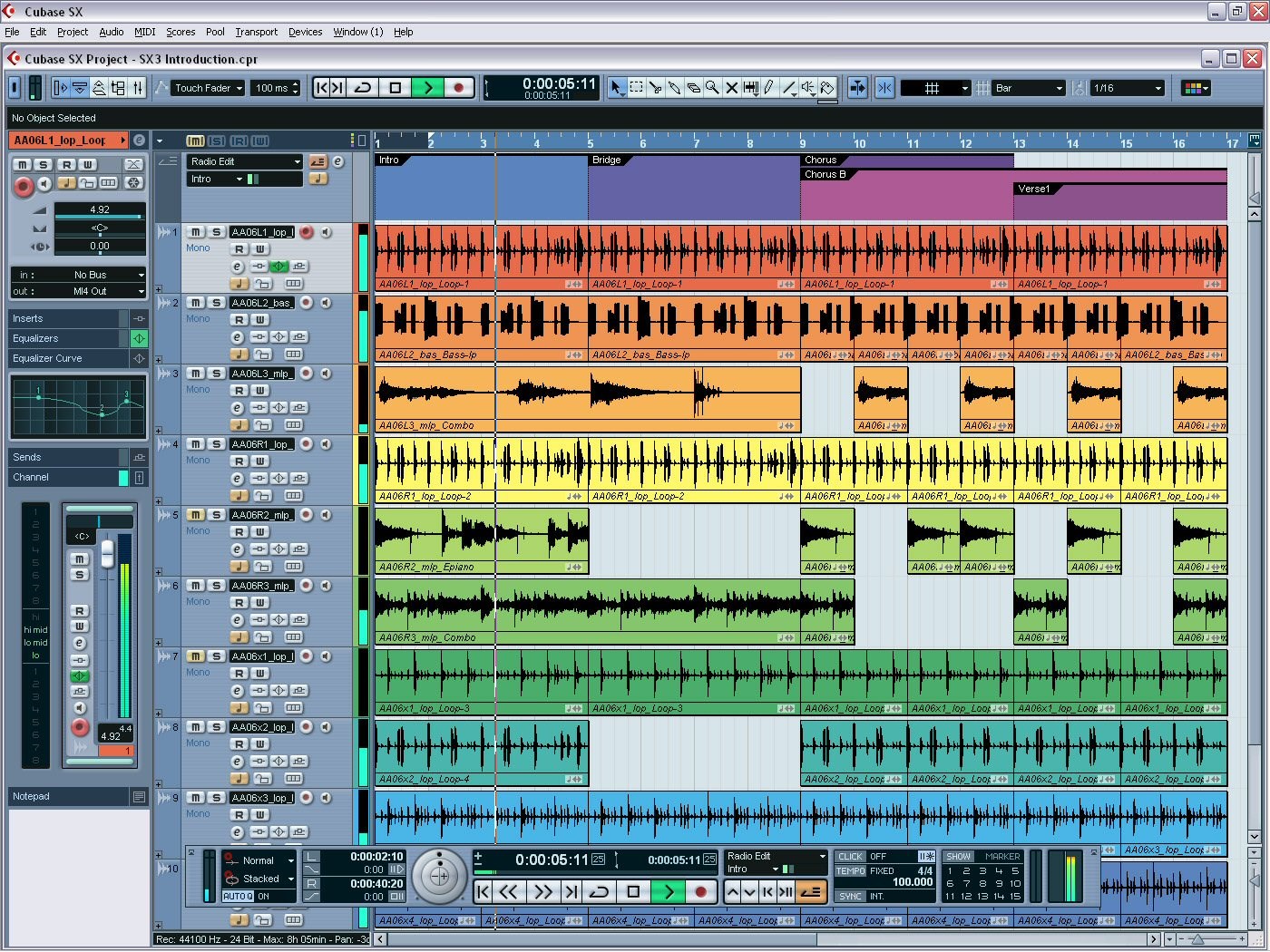
So, if you don’t have one of these DAWs, you need to get one before you try doing this yourself.
STEP 2 – Assess What VSTI’s You Have
Next, see what VSTI’s you have as part of your DAW. Or start downloading the ones you might want. VSTI stands for Virtual Studio Technology Instrument.
You’ve probably heard of them referred to as VST instruments, or VST plugins, but let’s just call them VSTI’s. VSTI’s have come a long way over the past 20 years, and now, when you purchase almost any DAW, it comes with VSTI’s for you to play around with.
Some VSTI’s sound like real instruments to the point where you might not know the difference. For instance, we used “fake” instruments for bass and drums on our version of “I Wanna Destroy You”, but the guitar was real.
Now, it’s worth noting that when I say fake these samples that get used in a lot of the higher end VSTI’s are going to be crystal clear, and you’ll have to pay for that crystal clarity as well.
I was particularly impressed by the drum sound that Rob got on the song. By “fake sounds”, I am generally referring to MIDI, because when notes are virtual as MIDI notes are, they can be changed easily and swapped right out, depending on the VSTI you’re routing to the track.
Change the VSTI, the track will sound totally different. That’s part of the fun!
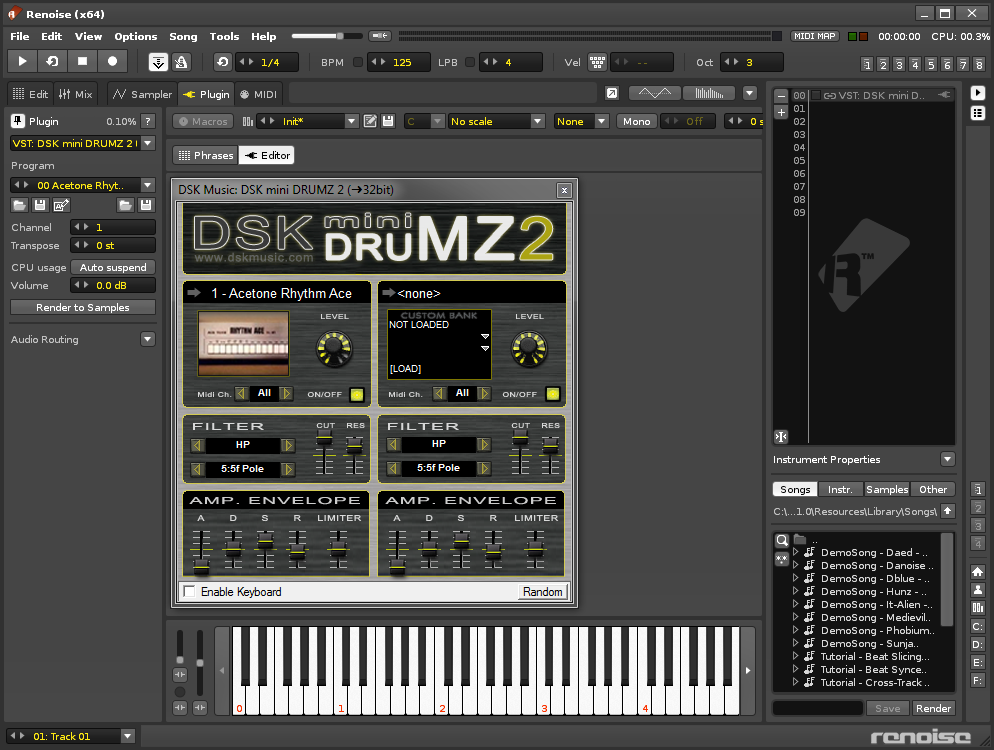
STEP 3 – Grab Your Keyboard Controller
So, in order to use these VSTI’s, a good quality controller or keyboard (or keyboard controller) is usually necessary so that you can play the notes on the keyboard, and it translates into whatever VSTI’s you have handy.
You can, of course, usually access a virtual keyboard on your laptop somewhere, if you’re desperate, but I’d say get a controller. They’re not too pricy.
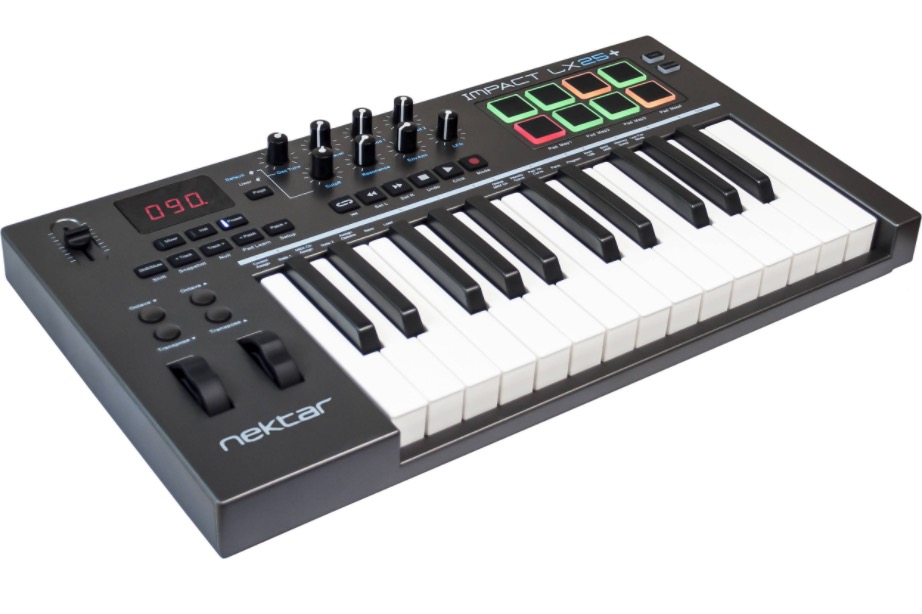
Just to be clear, you’re not getting a controller to play keyboards necessarily. Through this controller, you play notes that hooks up to your computer somehow (through USB or an interface) and they turn into whatever instrument you tell them to.
I remember thinking at some point in the past, that these keyboards were just normal “keyboards”, and I was going to have to become the next Rick Wakeman. Luckily, don’t have to, so take off that golden robe right now.
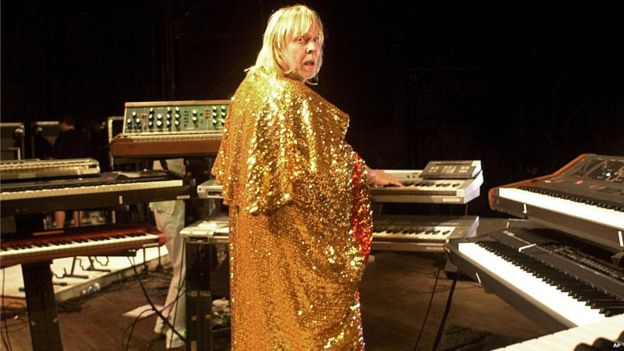
STEP 4 – Gather your Real Instruments (Bass, Guitar, Drums, etc)
You might want to use a combination of real instruments and fake AKA MIDI instruments to put your track together, and so if you have any instruments that you want to use, get them ready.
So, if you have a really nice bass guitar sitting nearby that you’d want to use, grab that and your amp and warm them up for the track. What instruments are real and which ones are not is entirely up to you.
You could use all real drums, and keep the bass and guitars fake. Up to you. What if there are wind instruments? Glockenspiel? What about strings? What about an entire orchestra pit just for you??
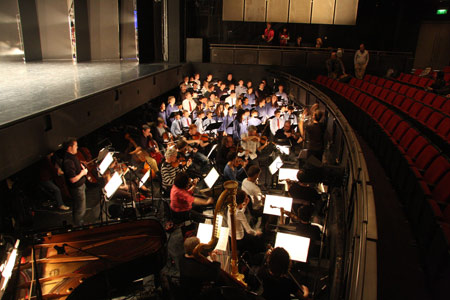
If you’re doing this track at home like Rob and I did, I might assume you want to use a VST for your orchestra sounds, but who am I to say?
Maybe you’ve got friends that play classical instruments and they’ll be dropping by to lay down their tracks. Maybe the pit is coming to you. What about your sax guy or gal? Don’t forget them! Let them wail…or just replace them with a VST.
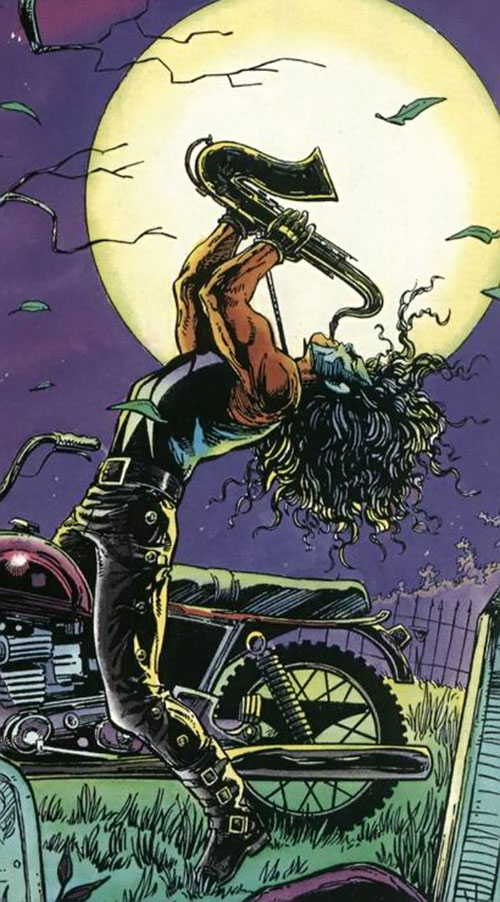
STEP #5 – Other Gear You’ll Need
This list of every single last thing you could use can go on forever potentially, but, if I may, I’d say you’ll most likely need a pre-amp of some kind so you can plug microphones in (oh yeah, you’ll need those too), as well as various cables.
This is starting to sound like a step by step tutorial on how to record anything, not just a backing track. Well, that’s right, you can record anything, and that’s the point!
Flexibility and options are what we’re after here when it comes to recording. Just make sure you have all the right gear that you need. It will probably include most of what I’ve mentioned, plus some various wires to plug it all in.
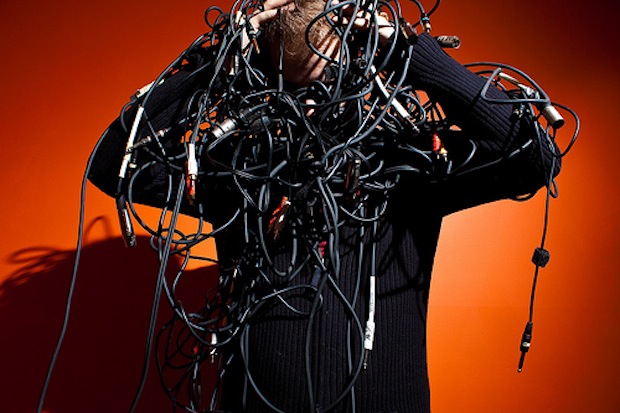
So, now that you know WHY you might want to create a backing track from scratch, and you also know WHAT you need to make the track, it’s time to make the actual track. Whew! About time…
This is where Rob Jones is going to guide you in the video below which will bring us full circle back to the beginning when I first showed you our cover of “I Wanna Destroy You”.
Remember, he does this for a living, so he has all the needed stuff, but hopefully you can follow along and start living the DIY dream along with him, creating amazing tracks that will blow people away because they’re so awesome.
Take it away, Mr. Jones…
Rob Jones rig rundown and favs
For your information, this is some of the stuff Rob uses when making tracks and also getting through life!
DAW: Cubase 9 Pro, running in Windows 10
VST list: Spectrasonics Omnisphere, Trilion, RMX. Native Instruments Komplete Ultimate 11. Toontrack EZdrummer, Addictive Keys, and loads of smaller ones.
Audio Interface: Focusrite Scarlett 2i2. Allen and Heath analogue desk – Z14fx (this gives me that lovely warmth I feel is missing in todays digital only world of recording. But it also gives me the ability to record so many inputs manually)
Guitars: Paul Read Smith (PRS) Custom 24, Kramer American, Yamaha Acoustic, Fender Acoustic.
Guitar effects: Boss GT-8 multi fx
Mics: Sure SM58/57 and Rode NT1 Condenser
Favourite film(s) would be the Alien saga
Favourite food: Spicy curries oh yes!
Favourite colour: sunset
Favourite chair would be a comfy one
 |
 |
 |
 |

About Dave Fox
Recorder of many songs, haver of many albums. Dave (AKA Young Coconut) has been making music for the past twenty years or so, of varying genres and degrees of quality, to the dismay of listeners and algorithms everywhere. He’s also in the Suburban Bicycle Gang with Jerry Grey.
Dave has a keen interest in studying all aspects of music history, especially experimental / genres like jazz, krautrock, drum n’ bass, and no wave.
Here’s his Spotify: https://open.spotify.com/artist/1v3iPVEXzurahTI2Tm4Tpm
Leave a Reply
Check for FREE Gifts. Or latest free acoustic guitars from our shop.
Remove Ad block to reveal all the rewards. Once done, hit a button below
 |
 |
 |
 |



